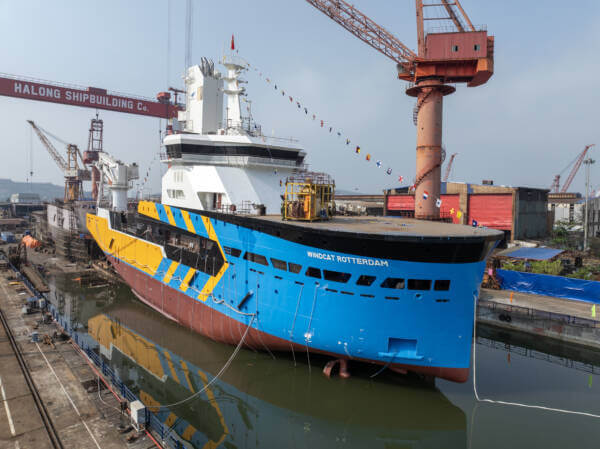Major Earthquake Off Kamchatka Prompts Tsunami Warnings Around the Pacific
A massive magnitude 8.8 earthquake shook the seabed off the Kamchatka Peninsula in the early hours of Wednesday morning, and officials around the Pacific have responded with tsunami warnings for shoreside communities.
In far northern Japan, at the port of Ishinomaki, a minor tsunami of about 1.5 feet in height was observed Wednesday. More than one wave was noted, as is typical for the ripple effects from a major subsea earthquake. Tsunamis and quakes are taken seriously in Japan, and officials advised evacuation for more than 100 towns up and down the nation's eastern shorelines.
Small tsunami waves of less than one foot came ashore in the eastern Aleutian Islands and were observed in Adak, according to the AP. No significant impacts were reported. In Hawaii, a tsunami warning and evacuation order were in effect Tuesday evening, and U.S. Coast Guard Oceania ordered all commercial vessels out of all Hawaiian harbors as a precautionary measure.
The #USCG Captain of the Port Honolulu has issued an order for all commercial vessels to evacuate all commercial harbors in the state of #Hawaii. All harbors are closed to incoming vessel traffic. #tsunami pic.twitter.com/pM9swvZYJl
— U.S. Coast Guard Oceania (@USCGOceania) July 30, 2025
Even in New Zealand, far on the other side of the equator, officials have warned of potentially serious effects on currents in coastal waters. The public has been cautioned to stay clear of the waterfront when the waves begin to arrive.
In Kamchatka, nearest the epicenter, minor damage and power outages occurred in the regional capital of Petropavlovsk-Kamchatsky from the effects of the quake, and several injuries were reported. The quake was among the strongest ever recorded, but it was about 75 miles off the coast and was too remote to cause major direct damage. Tsunami waves of up to about 13 feet were reported in some parts of the peninsula, resulting in localized flooding but no reported fatalities.
The Kamchatka quake registered in at 8.8 on the Richter scale, powerful enough to tie for sixth place on the all-time list of the most powerful earthquakes on record. Kamchatka is known for seismic activity, and the fifth quake on the list was also in the province - the 1952 Severo-Kurilsk earthquake, a magnitude 9.0 giant that caused a major tsunami event. Multiple waves of up to 60 feet high hit the small fishing port of Severo-Kurilsk in the Kuril Islands, killing more than 2,000 people and obliterating the town.
The port was hit hard again in Tuesday's quake, based on footage circulating online. Waterfront facilities in Severo-Kurilsk appear to have been inundated by at least one high wave.
Drone footage shows tsunami flood damage to coastal areas as well as the port in the town of Severo-Kurilsk on the Kamchatka Peninsula in Russia’s Far East. pic.twitter.com/VG74V0Pn8S
— OSINTdefender (@sentdefender) July 30, 2025
